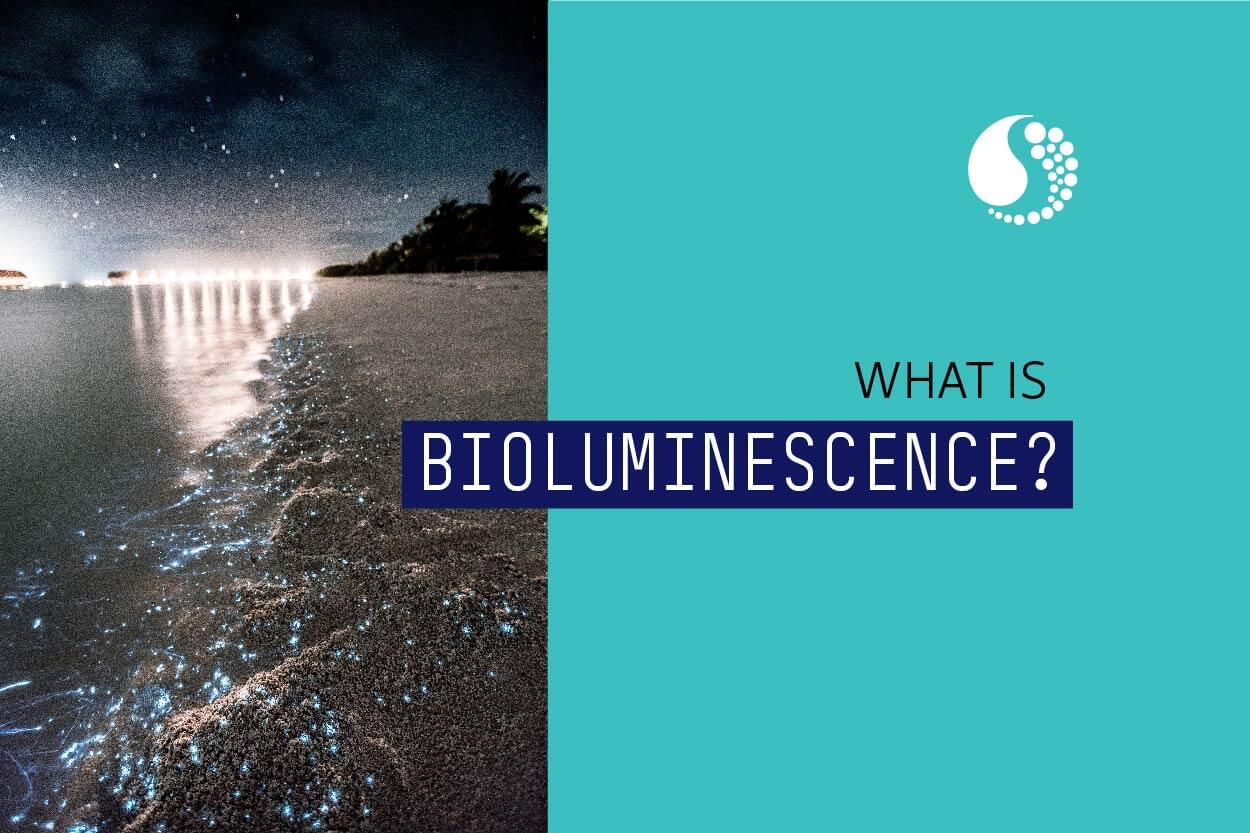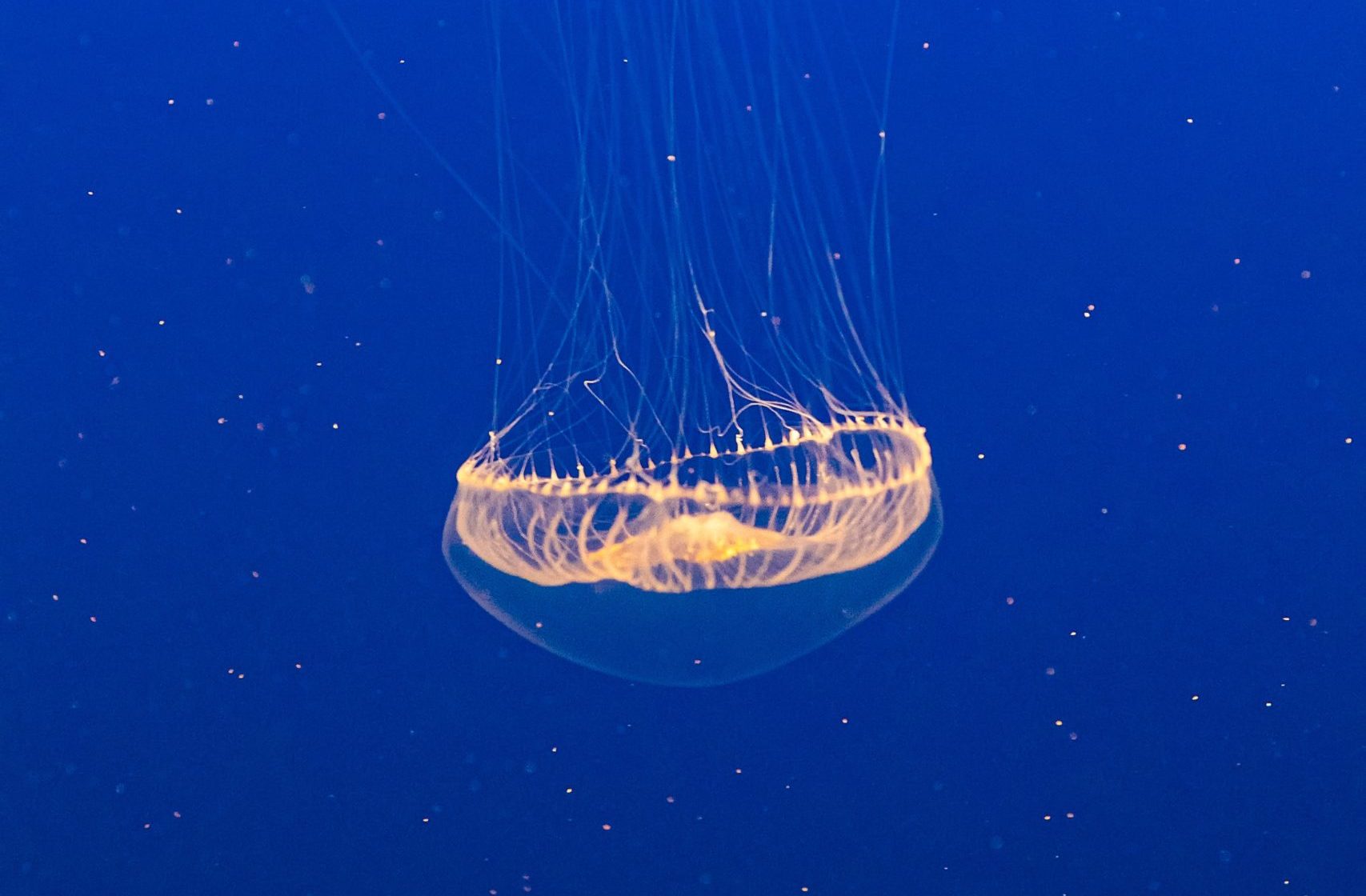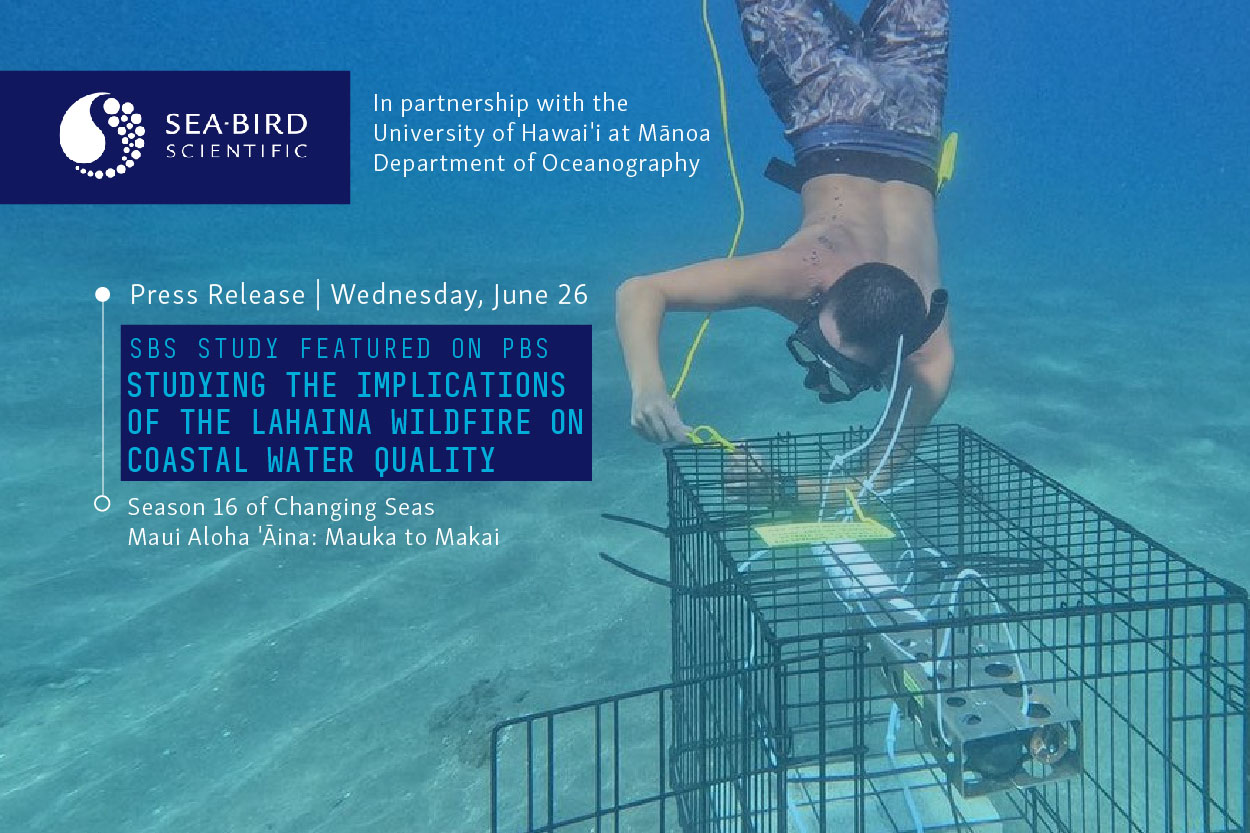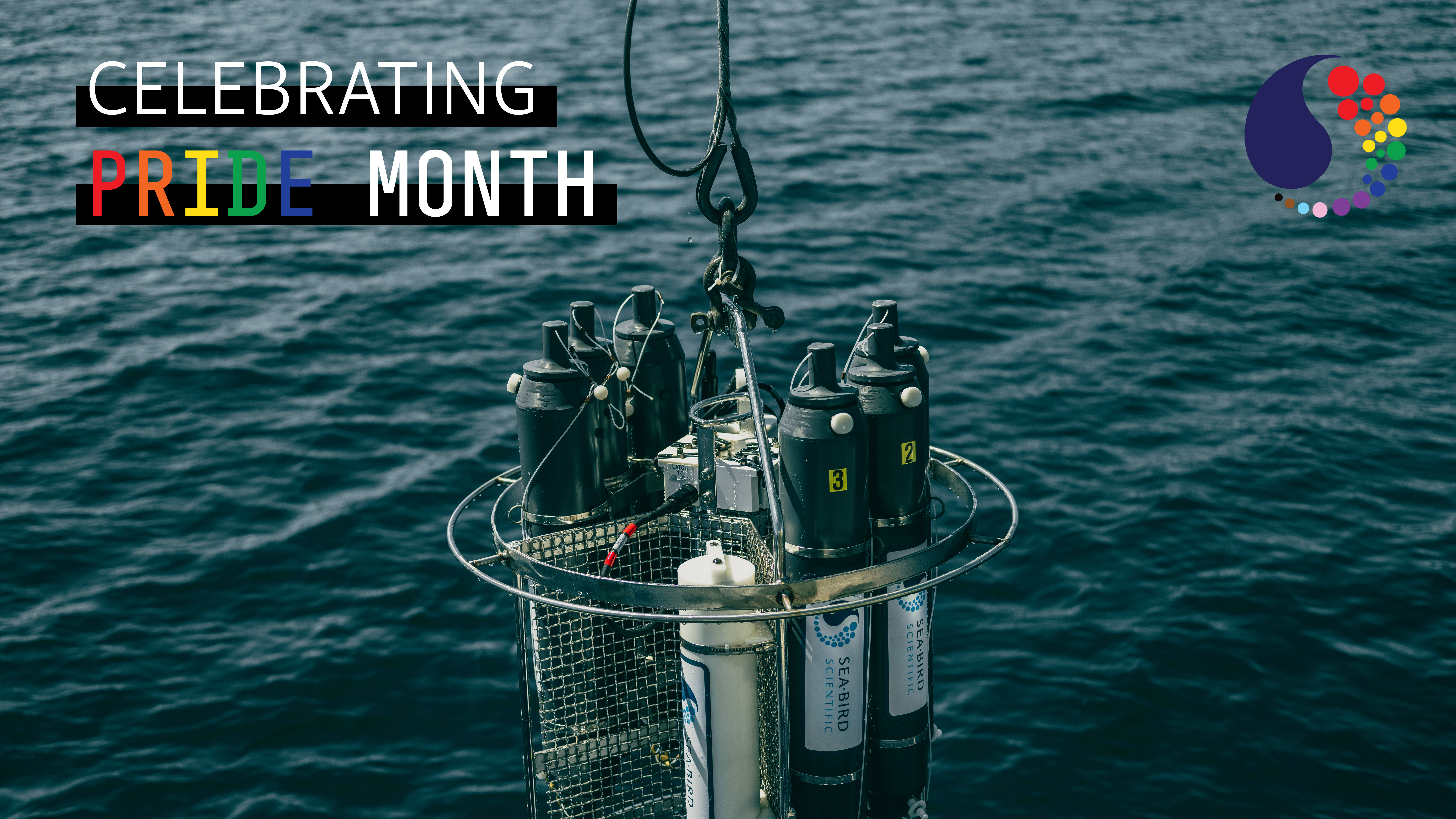What is bioluminescence?

No – that glowing in the water in some marine environments isn’t neon toxic glowing sludge – it’s bioluminescence!
What do the deep-sea Angler Fish and the Crystal Jellyfish have in common? They both emit bioluminescence. Bioluminescence is the ability for an organism to produce and emit light (NOAA).
“80 percent of the animals that live between 200 and 1,000 meters (656 and 3,280 feet) depth are bioluminescent,” (NOAA).
The process for an organism to create bioluminescence starts with the enzyme Luciferase – the Luciferine and oxygen molecules react within the enzyme to absorb energy and release it in the form of photons, or light. Different types of Luciferine can produce different colors, however, most of the time when seeing bioluminescence in marine environments, it will appear blue. This is likely due to blue light being able to travel the farthest in the water, with the ocean absorbing all other colors. Bioluminescence can come in an array of colors including violet, green, and more.

Aequorea victoria, also known as the Crystal Jellyfish
But why do organisms bioluminesce? At this time, most organisms that produce bioluminescence are deep ocean dwellers, where very little sunlight touches. It is thought that the light emitted is meant to serve as a defense mechanism for smaller organisms to ward off predators from preying on them.
“Part of the problem is that bioluminescent organisms are difficult to observe: turning on bright lights can cause mobile animals to move away and may permanently blind light-sensitive sight organs,” (NOAA). Due to the challenges associated with organically observing and documenting bioluminescence, we designed the UBAT (Underwater Bioluminescence Assessment Tool).
The UBAT is designed to measure mechanically stimulated bioluminescence in both coastal and oceanic systems to 600 meters. The UBAT provides calibrated, high-resolution measurement of mechanically stimulated bioluminescence.
Learn more about the UBAT and its applications in the following case studies:
Bioluminescence as an ecological factor during high Arctic polar night (2016)
Related Posts
Featured Posts
UG2 Workshop 2024
We hope to see you at UG2 '24 We are excited to sponsor the upcoming 2024 Glider Workshop in Ann Arbor, Michigan, from September 10 - 12, 2024. Overview This workshop will bring together the global underwater glider community to strengthen international collaboration...
Oceanology International 2024
We hope to see you at #Oi24 We are excited to return to Oceanology International 2024 again in London, UK from March 12-14. Overview Oceanology International brings together 500+ exhibitors in the only event that links the three key players in the industry:...
Ocean Sciences Meeting 2024
We hope to see you at #OSM24 We are excited to return to Ocean Sciences Meeting 2024 in New Orleans, Louisiana from February 18-23 at booth number #527. Overview The Ocean Sciences Meeting 2024 is co-sponsored by the American Geophysical Union, the Association for the...
Science and Technology
Platform


